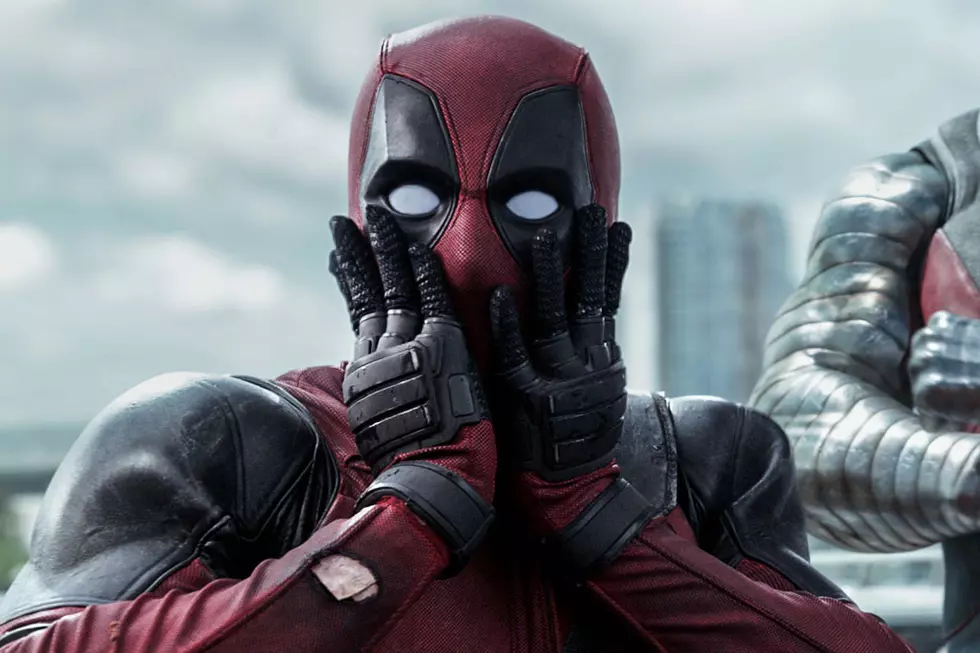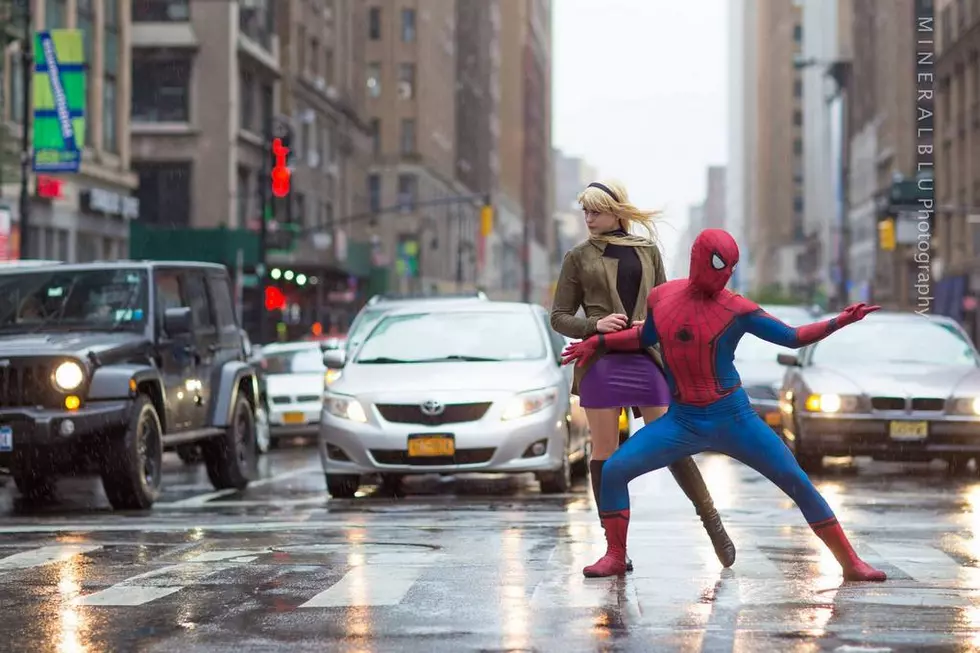
‘Green Lantern’ Increases VFX Budget as Hollywood Trends Towards Deadline Disasters

The hurried and increasingly expensive visual effects situation surrounding Warner Bros. and DC Entertainment's Green Lantern film is endemic of Hollywood "tentpole" movies, and one that will one day see a major summer film not make its deadline -- the financial equivalent of the Titanic hitting the iceberg (fitting, as Titanic was the last film to suffer such a post-production disaster). That's according to a fascinating new article by Variety writer David S. Cohen, who spoke to sources within the visual effects business about the incredible pressures and systemic obstacles of creating blockbuster films like those produced by DC and Marvel.Variety reports that Warner Bros. has increased Green Lantern's visual effects budget by an addition $9 million over the original $45 million figure. With VFX houses working overtime and new contractors brought on to help out, the budget increase is part of an effort to complete the film on time for its June 17 release following "high-level meetings" over schedule concerns. There is no reason to think Green Lantern won't be delivered on time, but Cohen writes that the race towards the finish line is a growing problem in Hollywood.
All of Hollywood seems to be still figuring this out, and as a result, the tentpole pattern is now well established:
• A movie demands you've-never-seen-this-before visual effects both for marketing and story;
•Ambitious plans and a short schedule leave little margin for error;
•Inevitable schedule problems trigger urgent meetings among studio execs, vendors and filmmakers to get the project back on track;
•"911" emergency calls go out to almost any vfx shop in the world that can take on some last-minute work;
•Everyone runs a harrowing race to deadline despite all the extra help.
Collapse, rest, repeat.
Marvel's Executive Vice President of Visual Effects Victoria Alonso is quoted as saying,
"I think the day (the system) breaks is the day everyone will revise their thinking. Until that day comes, filmmakers are going to push it to the limit. I think it's sad that we will have to watch one of us fail to learn our lesson."
Alonso said that Marvel's films typically operate on a post-production schedule of 32-36 weeks, which is shorter than the 36-40 week post schedule of similar "event" movies. The reason for this, Alonso said, is that Marvel's release dates are announced before a shooting script is completed.
"So you are always chasing your tail. You work backwards from that release date, then you add production not being ready to shoot or location complications and you shave the weeks you push from post."
The whole ordeal is of course a consequence of trying to create visual effects that will knock audiences out of their seats and, weirdly, to save money doing it.
Studios and producers don't want to pay for vfx that will end up on the cutting-room floor. So they prefer to have a cut before handing over shots to vfx. If the editor and director spend a long time cutting, vfx work piles up, which forces the artists to work overtime and drives up the costs per shot.
To that end, at least one VFX studio working on Transformers: Dark of the Moon has instituted a seven-day work week of 12-hour days. Easter Sunday was cancelled. On Green Lantern, an all-CG sequence was cut in development but added back following a screening of an early cut for the studio, promoting the hiring of an additional VFX house to complete it.

Cohen's article goes into many more dimensions of the situation, including the demands that studio marketing departments put on visual effects producers. It's highly recommended and can be checked out here.
More From ComicsAlliance









